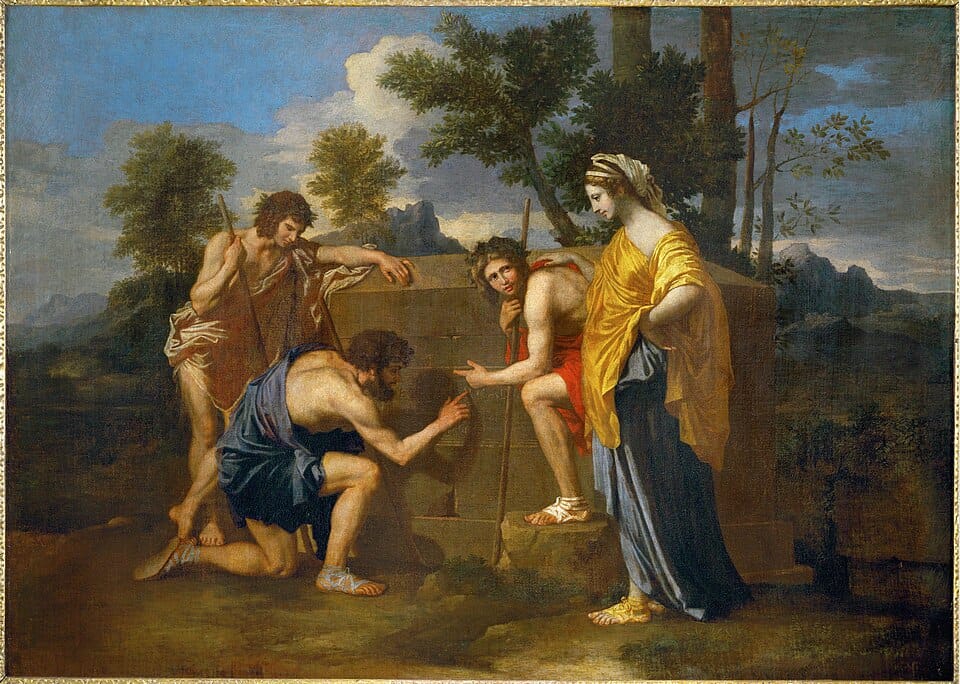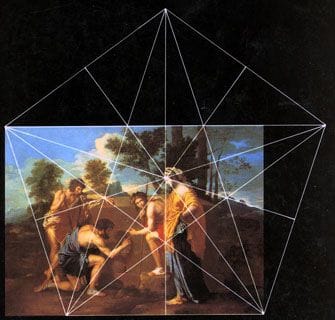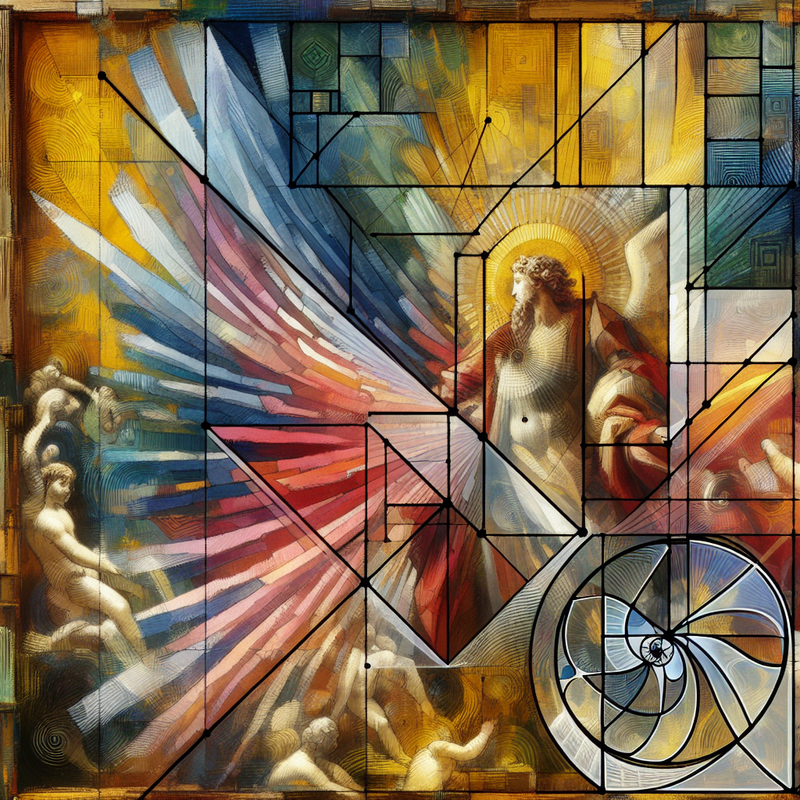Sacred geometry is the ancient language of the universe—an elegant code woven into the fabric of creation. From the pyramids of Egypt to the temples of Greece, civilizations have employed specific shapes, proportions, and ratios—like the golden ratio (1.618) or Fibonacci sequences (0, 1, 1, 2, 3, 5, 8, 13, 21, 34)—believing they reflect divine order. These patterns aren’t just aesthetic; they’re thought to be the blueprint of the cosmos, revealing hidden truths in the way the universe itself is built. When you look at sacred geometry, you’re peering into the blueprint of creation, that have guided humanity’s spiritual and architectural endeavors for thousands of years.
Now, take a detour to Rennes-le-Château, a small but famously mysterious village in southern France. Its history regarding parish priest Bérenger Saunière, is shrouded in whispers of hidden treasures, secret lineages, and ancient knowledge. (A Monsieur Plantard speaking on behalf of a "dead" secret society, Le Preurie de Sion, said Saunière had discovered, "incontrovertible proof that Jesus survived the crucifiction" but this was never established though it solves many things.) Henry Lincoln’s groundbreaking work suggested that the surrounding landscape isn’t random but a grand geometric puzzle—carefully designed, with the hills and sacred sites forming a massive map of divine proportions.
Lincoln argued that certain points and alignments in the terrain are not accidental but part of an ancient code, possibly hiding clues about a secret bloodline—possibly connected to Jesus, Mary Magdalene, or the Templars. The tomb near Rennes-le-Château, with its precise location and symbols carved into it, becomes more than just a grave; it’s a cipher, a piece of the puzzle encoded in sacred geometry that might unlock secrets of the past.

Enter Poussin’s Les Bergères d’Arcadie. At first glance, it’s just a pastoral scene—shepherdesses in a lush landscape, seemingly idyllic. But look closer, and you see a deliberate harmony—an arrangement of figures, trees, and land that whispers of hidden proportions and divine ratios. The composition might mirror the same sacred geometries Lincoln spoke of in Rennes-le-Château, like a visual map pointing us toward an unspoken truth. Every curve, every placement, could be a piece of the same cosmic puzzle—a reminder that art isn’t just decoration but a coded message from the universe itself. (side note: this painting hangs in the Louvre. I took a photograph of it in 1994, which didn't turn out. I took another single photograph of it in 1996, but it didn't turn out either. Finally in 2004, all the digital photos I took turned out.)

And then there’s the real-world tomb. Hidden in plain sight near Rennes-le-Château, it’s a silent guardian of secrets—its location, symbols, and layout all suggest it’s more than just a resting place. Holy Blood, Holy Grail reveals that this tomb, and the landscape itself, might encode the secrets of a divine bloodline—an ancient knowledge linking the spiritual and the physical, the sacred and the worldly. (The tomb was ruined by vandals in between weekly visits by the authors of Holy Blood...) This is the kind of layered mystery that Dan Brown only hinted at in The Da Vinci Code, but the true story runs deeper and is much cooler—embedded in sacred geometry, artistry, and history itself.
In the end, the real message might be that the universe is whispering to us through shapes, symbols, and patterns—if only we learn to read its language. Poussin’s Les Bergères d’Arcadie, Rennes-le-Château, and the hidden tombs aren’t just relics of the past that play tricks on cameras—they’re keys to understanding a vast man-made cosmic design.


